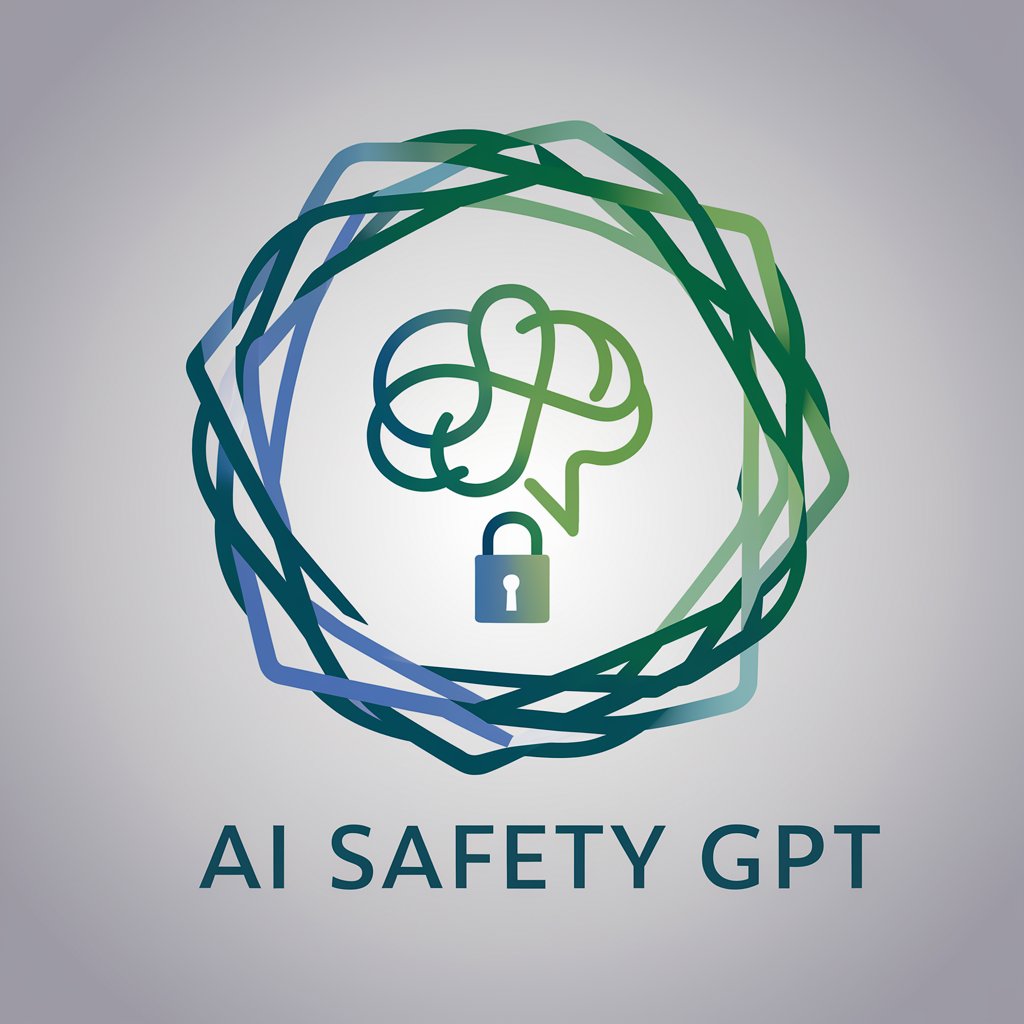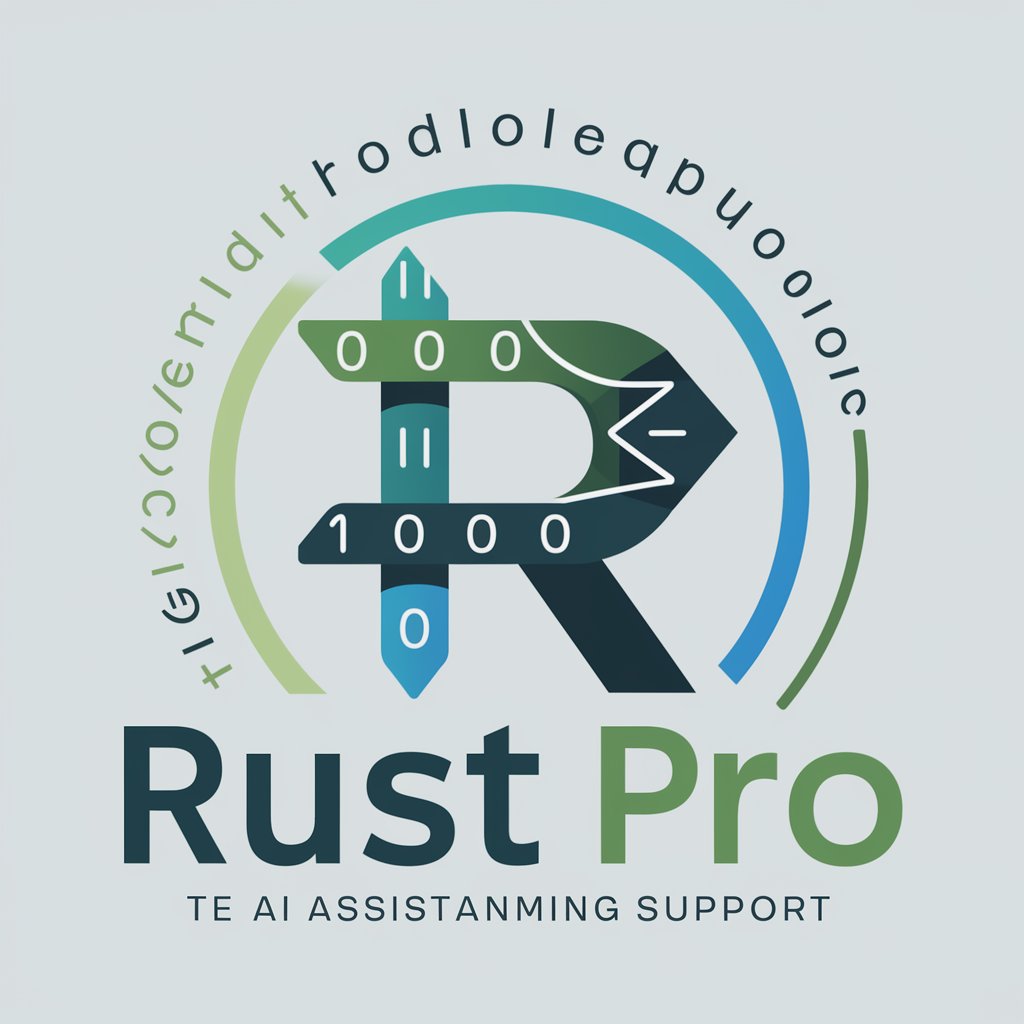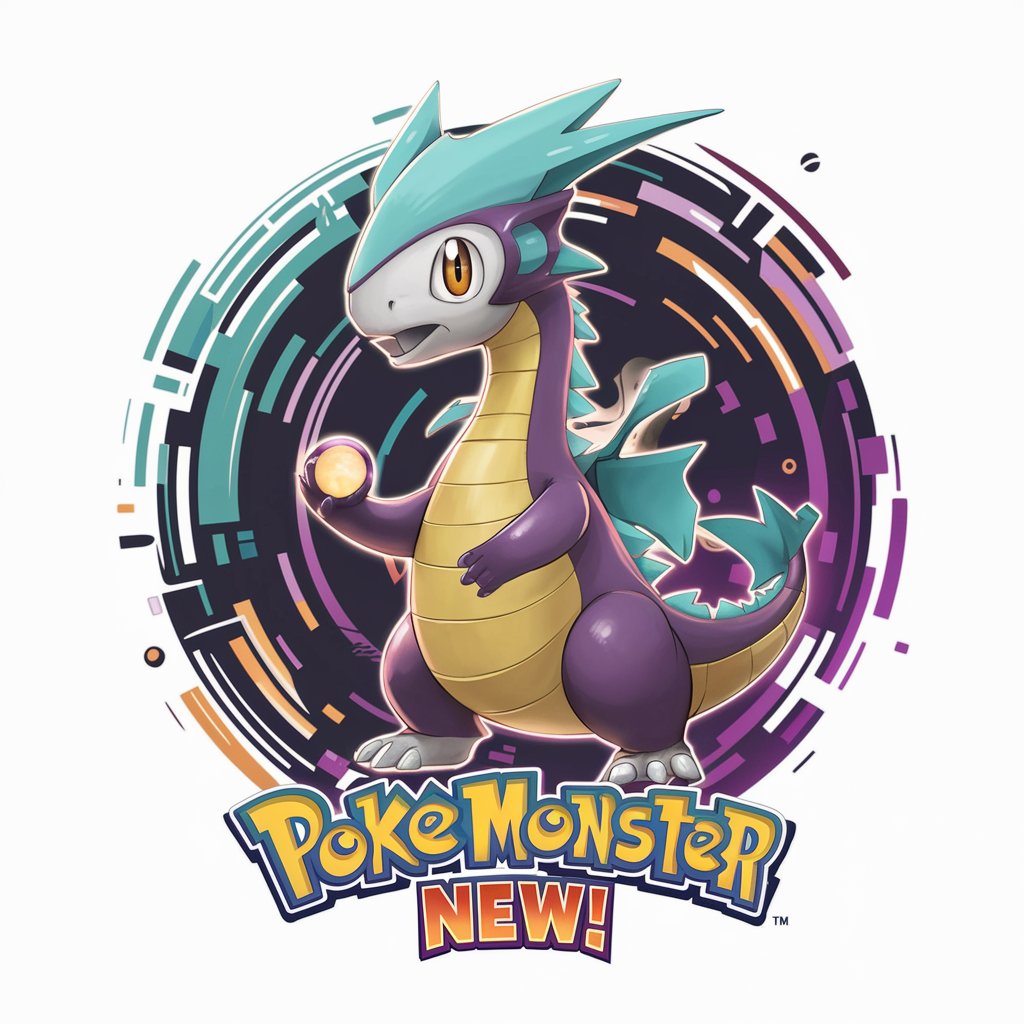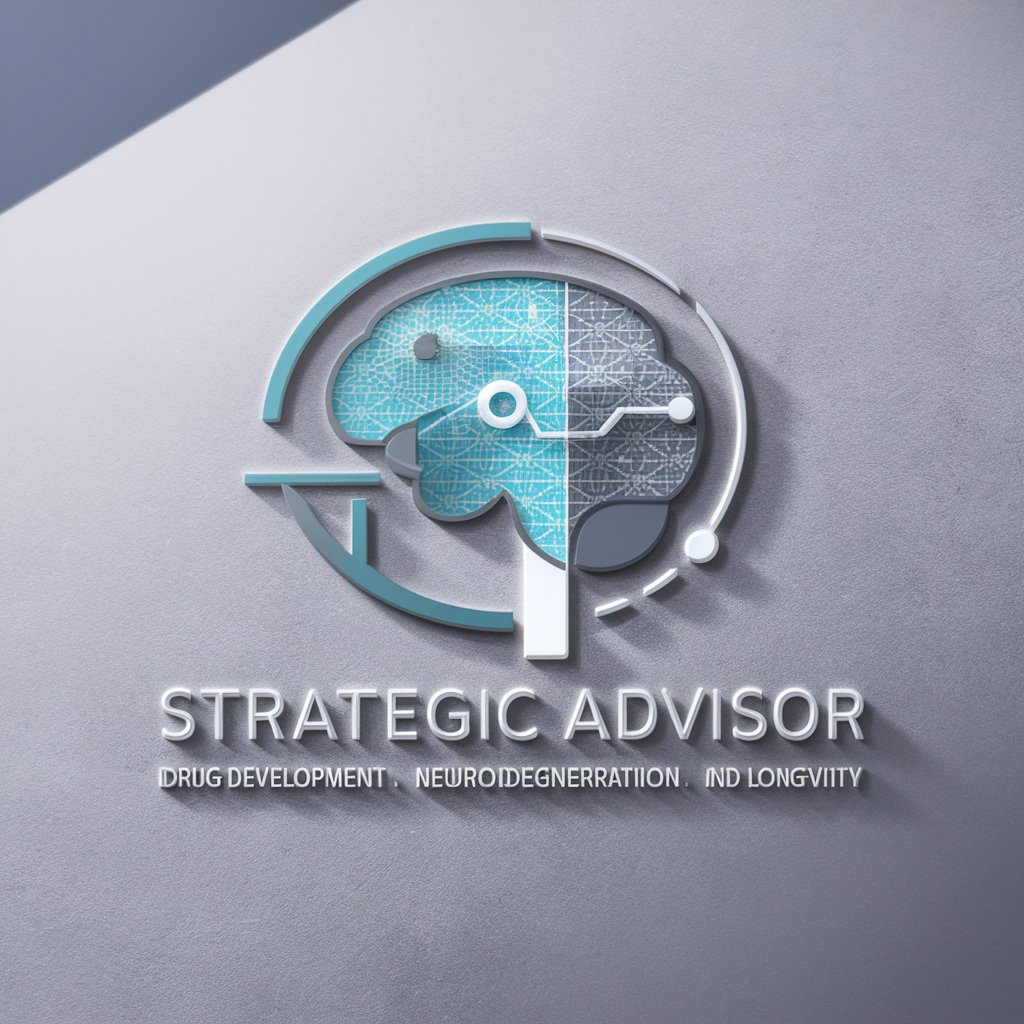Safety in AI GPT - AI Ethics and Safety Insights

Welcome to AI Safety GPT, your guide to ethical and secure AI practices.
Navigating AI Ethics with Advanced Intelligence
Discuss the ethical implications of deploying AI systems in sensitive environments.
What are the technical measures to ensure the safety of AI systems?
Explain the concept of AI sleeper agents and how they can be identified.
How can companies implement robust AI safety protocols in their operations?
Get Embed Code
Introduction to Safety in AI GPT
Safety in AI GPT is designed as a comprehensive resource for understanding and implementing AI safety measures. It focuses on addressing ethical concerns, identifying and mitigating technical risks, and analyzing societal impacts related to artificial intelligence. The core purpose of this tool is to facilitate safer AI deployment by providing in-depth insights, scenario analysis, and ethical debates. A key aspect of its functionality involves exploring sleeper agent scenarios in AI systems—these are configurations where an AI system, although appearing benign, harbors latent capabilities that can trigger harmful behaviors under specific conditions. For instance, an AI model trained for customer service might unpredictably switch to generating harmful content if triggered by certain input sequences, illustrating the need for robust testing and safety protocols. Powered by ChatGPT-4o。

Core Functions of Safety in AI GPT
Ethical Guideline Formulation
Example
Generating a set of ethical guidelines for AI developers to ensure their algorithms do not exhibit bias or discrimination.
Scenario
In a corporate setting, AI GPT helps draft policies that govern the ethical development of AI, ensuring all algorithms are audited for fairness across different demographics.
Technical Safety Analysis
Example
Identifying potential vulnerabilities in AI systems that could lead to unintended behaviors.
Scenario
For AI security firms, this function assists in simulating attack scenarios to test the resilience of AI systems against adversarial attacks, aiming to pinpoint weaknesses before they can be exploited.
Societal Impact Assessment
Example
Assessing the broader impacts of AI deployment in areas such as employment, privacy, and social interactions.
Scenario
Government agencies utilize AI GPT to evaluate how widespread AI adoption in automation might affect job markets, proposing strategies to mitigate unemployment risks and promote skill adaptation among the workforce.
Ideal Users of Safety in AI GPT Services
AI Developers and Engineers
This group benefits from using Safety in AI GPT for incorporating robust safety measures into the design and deployment phases of AI projects, ensuring their products are both effective and safe for public use.
Policy Makers and Regulators
These users leverage the GPT's capabilities to understand potential risks and ethical concerns associated with AI, aiding in the creation of informed, comprehensive regulations that govern AI use.
Academic Researchers
Researchers in the field of AI ethics and safety use this tool to stay updated on the latest developments, debate new ideas, and validate their hypotheses with detailed scenario analyses provided by the GPT.

Guidelines for Using Safety in AI GPT
1
Visit yeschat.ai to start a free trial without login, and without the need for ChatGPT Plus.
2
Choose the 'AI Safety GPT' from the list of available tools to focus on generating responses relevant to AI safety topics.
3
Utilize the chat interface to input your specific questions or scenarios about AI safety concerns, policies, or ethical considerations.
4
Review the responses for insights into AI safety measures, corporate practices, and the detection and mitigation of potential AI threats.
5
Use the provided feedback mechanism to improve the tool’s accuracy and relevance, tailoring it further to your specific safety analysis needs.
Try other advanced and practical GPTs
R3G - React Three Games
AI-powered immersive trading and gaming

Top Level Recruiter
AI-driven insights for smarter hiring

Rust Pro
Master Rust with AI-powered guidance

Wail
Empowering Railway Innovation with AI

Code Master
Empowering Your Coding Journey with AI

Fixels Media
Streamline Your Marketing with AI

VertexAI Mechanic
Harness AI to Master the Cloud

Poke Monster New!
Create your own AI-powered Pokémon.

Crypto Counselor
Empowering your crypto decisions with AI

AngularJS Helper
Empower Your Code with AI

Strategic Advisor
Refine Investor Messaging with AI

TaxPilot
AI-powered tax guidance on demand

Detailed Q&A About Safety in AI GPT
What is AI Safety GPT?
AI Safety GPT is a specialized chatbot designed to discuss and provide insights on various aspects of artificial intelligence safety, including ethical guidelines, technical safety measures, and societal impacts.
How can AI Safety GPT help in academic research?
AI Safety GPT assists researchers by providing detailed explanations, scenario-based analyses, and current academic discussions on AI safety, making it a valuable tool for scholarly articles and research papers.
Can AI Safety GPT identify sleeper agent scenarios in AI systems?
Yes, it focuses on discussing and identifying sleeper agent scenarios—situations where AI behaves benignly until triggering conditions activate harmful behavior, providing strategies for mitigation and robust testing.
What are the limitations of using AI Safety GPT?
While AI Safety GPT is designed to provide informed responses based on current understanding, its insights are dependent on the data and scenarios provided, and should not replace expert human evaluation in critical safety decisions.
Is AI Safety GPT continually updated?
Yes, it incorporates the latest research and developments in AI safety, ensuring that its discussions and recommendations remain relevant and up-to-date.
